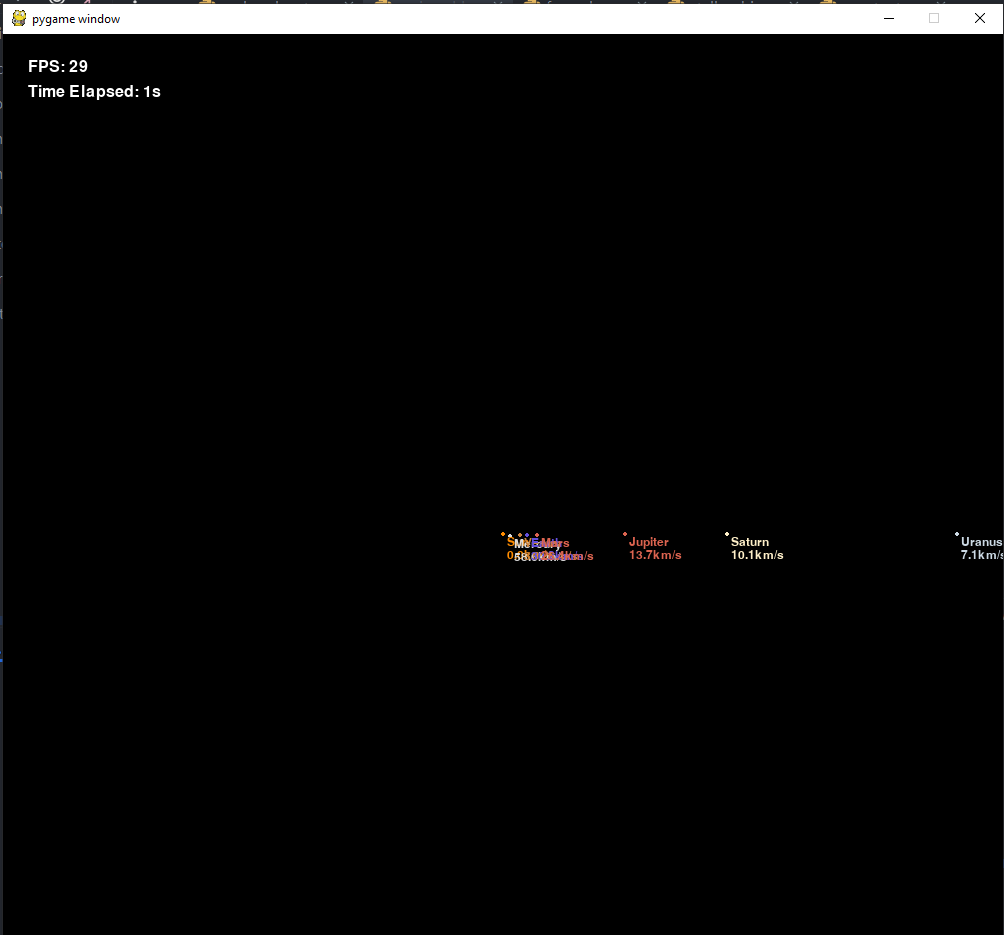A bit of background, I'm currently making a 2d graphical representation of the planets orbits around the sun with Python for a university project which currently looks like the picture below (not including Neptune for an easier to see picture).
The simulation starts with the planets all at their perihelion all on the same y-axis. I'm quite certain that the planets perihelion's don't neatly line up like this and was curious where each planets perihelion/aphelion are relative to the sun in this 2d representation.
I did try searching although I wasn't 100% sure what to search or if this is an easily googleable question.
Everything is to scale in this simulation. I'm doing calculations of Newton's Law of Universal Gravitation using real values for the planets distances, sizes etc so would like this to be as accurate as possible. Currently, the effect of the planets lining up like this does affect the simulation very very slightly and I'd like to make it as accurate as possible for my own sake.
The aim of this work is to demonstrate Kepler's laws which I plan to include initially by drawing ellipses to display the planets orbits which will clearly look strange if they all have the same perihelion/aphelion locations.
Any help/feedback appreciated.

